How to Generate Videos with AI Tools in 2025
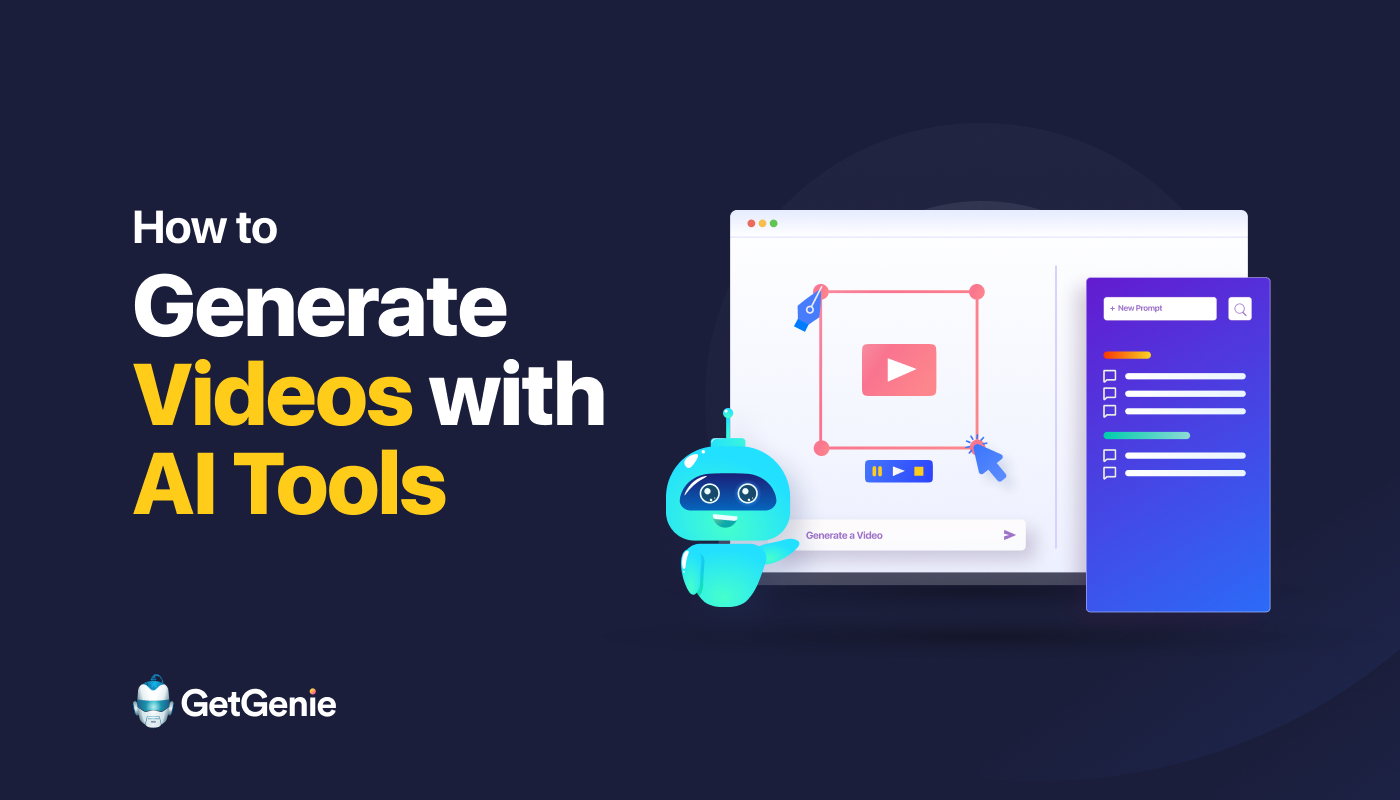
Have you ever wondered why there are countless video content flowing on the internet?
One of the main reasons is video generation with AI. There is a demand to generate video with AI. Because, people prefer to watch more video content than read blog articles to know how things work.
And so, video content creation is becoming the most preferred content marketing tool in 2025 and beyond. And with AI inclusion, video production is booming.
Introduction to Video Generation with AI
Before understanding how AI tools for creating videos work, you need some basic understanding of AI. Concepts like
- machine learning,
- natural language processing,
- deep learning,
- computer vision,
- prompting,
- datasets,
- and neural networks
are all elements of AI that feed into AI video creation.
You don’t have to know about them in detail. You just need to know how they work, so you can understand AI’s role in video generation.
AI video generation is the outcome of a process that starts with text prompts, and data collection, through visual (image) and auditory (audio or sound clips) data and moves to analyzing those data sets with neural networks and computer vision.
As the AI models are trained on large datasets of existing content, these AI models learn to predict and generate new video sequences that are coherent, visually appealing, and contextually relevant. The generated videos can be improved and optimized through further training and editing.
How to Generate Videos Using AI?
In this section, we will guide you through video generation with AI, step-by-step. So, instead of generally explaining how the process works, we will use an AI tool for generating videos to show the process. So, let’s buckle up for a quick but amazing ride!
(Please note that we’ll be using Invideo AI to explain the process)
Step 1: Opening Screen
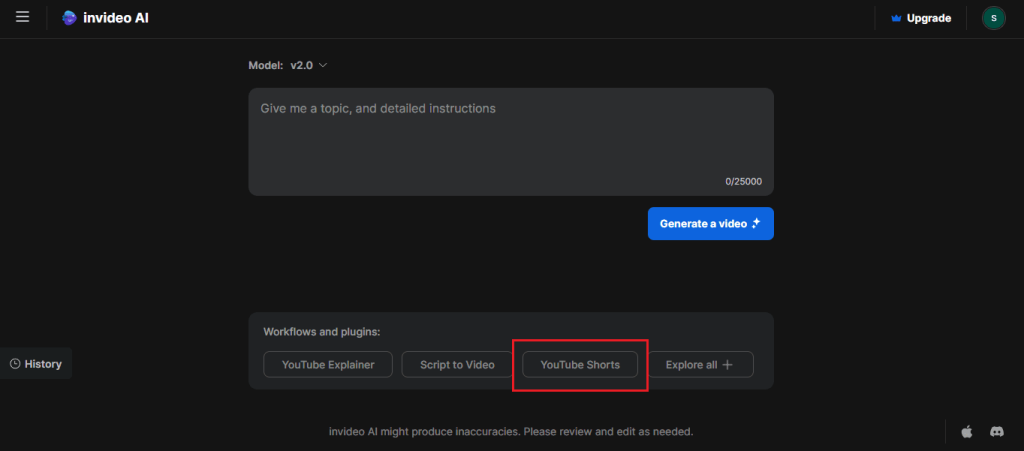
Once you access Invideo, an AI tool to generate videos, select the type of video you want to create or write in the details with text prompts. Here, for the ease of our purpose, we are selecting YouTube Shorts. But if you want, you can type in the prompts manually. For instance, on what topic the video will be, the feel of the video, the length, the format, etc.
Step 2: Creating prompts for the selected video type
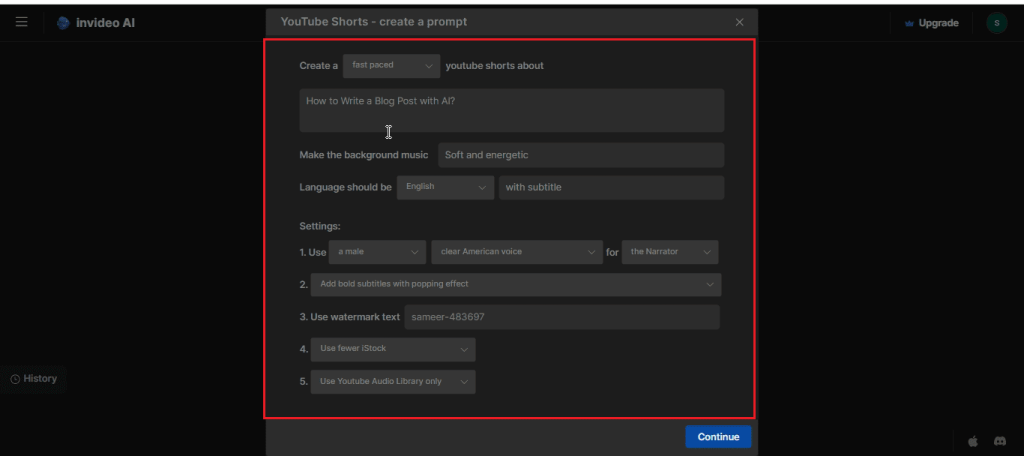
Here, you get to type in the parameters of your video. These are the topics, background music, usage, watermark, language, etc. Make sure you input the details correctly in the AI video generation tool. Inaccurate details can create poor outcomes that would require regenerate the video.
Step 3: Creating prompts for the selected video type

Once the parameters are set, it’s time to generate the video. The instructions or prompts that you submitted in the first two steps will show up for one final review.
Invideo AI prompts generator work well when you write the accurately and vividly. Once you have reviewed them, the tool will use video generation AI models and create the final outcome.
Step 4: Finalizing the Video Type

After clicking on Generate Video, the AI tool will ask to confirm the audience, the tone of the video, and the publishing platform. The video synthesis AI starts its work of generating the video content.
Step 5: Video Generation Process
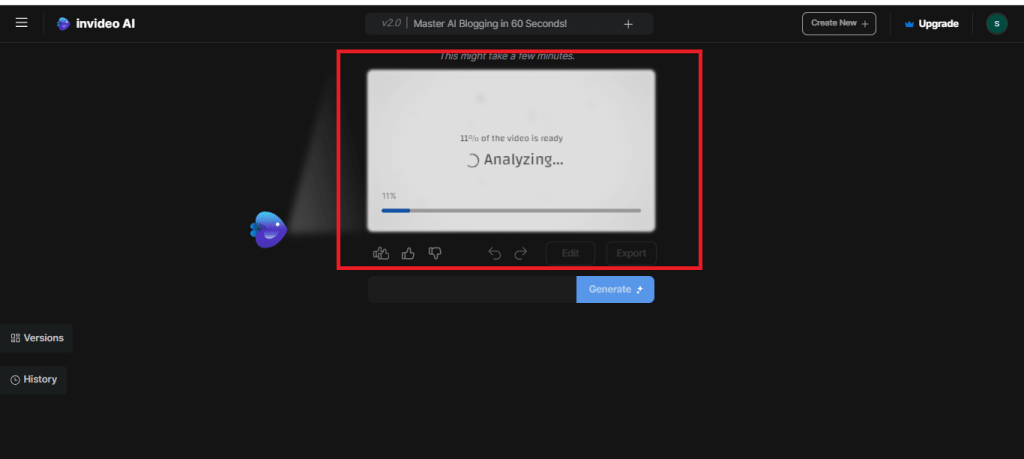
The AI tool will now work on creating the video as per your selections. InVideo analyzes your prompts, collects data and sample images or clips, add background music, and finalizes your video.
Step 6: Video Output

The short video is now created. You can check its screenshot above. Or click on the link below to view the full video.
Please note, that as a free version of Invideo.io is used, there are watermarks.
Core Components of AI-powered Video Tools
To understand how to generate AI video, you need to know about the functions of its aforementioned components a bit.
💡 Data Preprocessing
An important part of an AI video generation tool is data preprocessing. This process kicks off AI’s role in video creation. It includes preparing and cleaning the video data to ensure that the AI models can process the video efficiently. Tasks like:
- Resizing and normalizing frames to a uniform dimension.
- Converting videos to a suitable file format.
- Extracting and labeling features such as objects, actions, or scenes.
Take place here.
💡 Machine Learning Models
Machine learning models are the core of any AI-powered tool. These models are trained on large datasets to learn and predict patterns. AI-generated videos include several types of models:
- Convolutional Neural Networks (CNNs): These models are more advanced and best for analyzing visual data. CNNs can recognize and classify images within the videos.
- Recurrent Neural Networks (RNNs): These types of models are good at understanding sequences and changes over time in video data. This makes them really useful for tasks like recognizing actions and predicting events in videos.
- Generative Adversarial Networks (GANs): The GAN models help in generating new video clips and images that are visually similar to authentic ones, enhancing creative video editing.
💡 Video Analysis and Understanding
AI analyzes videos content to understand and interpret its context and semantics. This involves:
- Understanding and identifying objects, characters, and settings within a video to tag content and improve search visibility.
- Tracking movements of objects and characters and predicting their next direction or move.
- Analyzing emotions from facial expressions and voice tones to measure viewer reactions or improve user experience.
💡 Content Generation and Modification
This facilitates the creation of new content or modification of existing videos:
- Automatic Video Editing: AI algorithms can edit videos by cutting, merging, or rearranging segments based on predefined criteria such as highlight detection or thematic continuity.
- Video Synthesis and Augmentation: Generating synthetic video scenes or augmenting existing videos with new elements, which is particularly useful in film production and virtual reality.
💡 User Interaction and Customization
AI-powered video enables users with customizable options to cater to their preferences:
- Interactive Editing Tools: Users can work with AI features to specify editing parameters, like styles, color codes, or however they want the layout.
- Personalization Algorithms: These algorithms learn from user behavior and suggest content or change the editing style according to user preferences.
💡 Performance Optimization
Video content is optimized by AI using specialized hardware like GPUs to speed up video processing tasks. Or by developing more efficient algorithms that reduce processing time and resource consumption without compromising quality.
What are some AI video types?
AI video generators in 2025 can create multiple types of videos. Let’s look at 5 of them:
🎥 AI Avatar: Many AI video creators let you generate an animated talking avatar with close-to-realistic facial expressions which you can use as a profile picture or video.
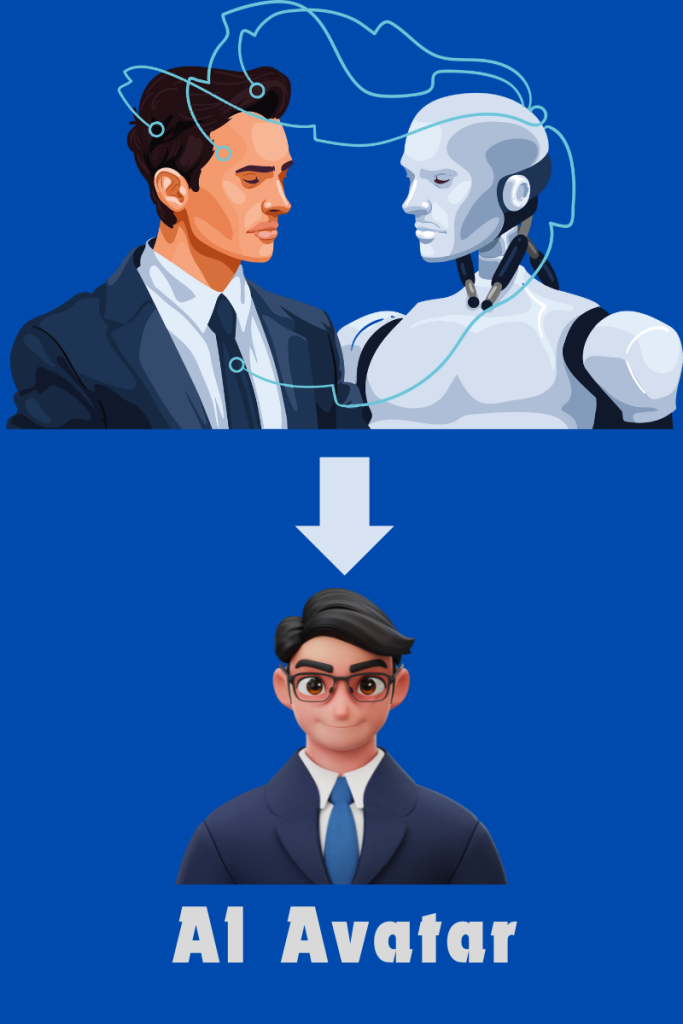
🎥 3D Animation: Some AI tools let you create animation from motion capture without the professional gear. You can simply upload a captured video and transform it into a 3D video.

🎥 Explainer or Tutorial Videos: AI can help to create How-To videos that serve to teach a process or explain a product. Using AI tools, you can optimize the video creation of these.
🎥 Interactive Videos: AI tools are now enabling users to create interactive videos through dialogue editors and scenario builders. These help develop more interactions than other content formats.
🎥 Shorts or Reels: You can also use AI video generator tools to come up with top-quality YouTube Shorts or Instagram Reels.
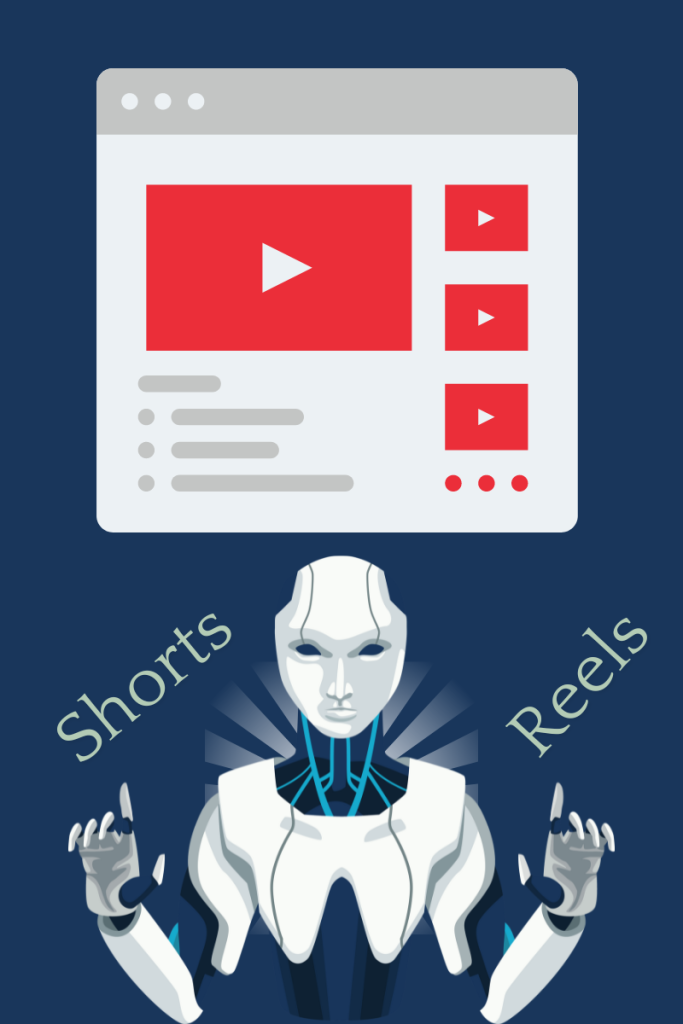
✅ Benefits of Creating Video with AI
So, what are some key benefits you can avail through video generation with AI?
1. Increased Efficiency
As AI automates many aspects of video creation, you can significantly speed up production. This will let you generate and produce more content in less time, keeping your content flow rolling. And quality will not drop as well, if handled correctly.
2. Cost Reduction
AI video creation tools give you the option to not hire or engage multiple team members. By automating tasks like editing, color grading, and even some aspects of directing, you can reduce the overall cost of video creation. This is an extremely viable option for smaller businesses and solo creators.
3. Enhanced Creativity
You can analyze vast amounts of video data through AI and create video content that might not be obvious to human creators. AI also assists by showing various stylistic options. This boosts creators’ creativity by empowering them to explore new artistic options.
4. Accessibility
People who are not professionally certified or skilled in video editing and creating can access AI video generation apps and produce quality content. AI-powered tools that have user-friendly interfaces guide users through the creative process, democratizing video production.
5. Consistency and Quality Control
AI video generators can consistently maintain style and quality across multiple videos. This helps brands and organizations looking to maintain a cohesive identity. A standard of video editing is maintained across videos, avoiding variations that human editors create.
6. Advanced Analytics and Insights
AI can also offer insights into how videos are performing with audiences. It does this by analyzing viewer engagement and feedback. This data helps to streamline your video content creation for future projects, ensuring content is of high quality and appealing. It also offers predictive analytics to help better content in future.
7. Source of Income
AI video generation opens up avenues for revenue for content creators. You can create quality videos in different, innovative formats, and bulk. Platforms like YouTube and TikTok offer tremendous income sources, which can be easily accessed if you utilize AI-generated videos.
⚠️ What are the Challenges of AI-powered Video Production?
There are some challenges to AI-driven video creation you need to be aware of:
🔴 Quality and Authenticity
Video content created with AI can appear unnatural or uncanny at times. This happens if the AI fails to fully understand your prompt and capture human expression or the environment accordingly. As a result, the video’s quality and authenticity will take a hit.
🔴 Unethical Use
A critical issue arising from AI video creation is ethical use. Privacy violations of human data, intellectual property issues, and deep fake creations are significant issues that are becoming critical. Regulations are being developed to address the spread of misinformation or harassment derived from these issues.
🔴 Data Input Dependency
AI models require large amounts of data to learn and function effectively. And if the data is lacking information, biased, or not diversified, then it can potentially lead to unauthentic or flawed outputs.
🔴 Compatibility with Production Workflows
Integrating AI tools into current video creation workflows may be difficult if incompatible with production teams. The team members may need training to adapt to the new AI tools. You may also face resistance from team members who are skeptical toward AI video creation tools.
🔴 Regular Maintenance and Updates
AI models require continual training and updates to adapt to new trends and data. This continual maintenance can be resource-intensive. In addition, video teams need to constantly pay attention to the updates.
🔴 Non-Humanized Content
There is always the fear of loss of human creativity with AI. Yes, AI automates and expedites processes. But, the level of storytelling, audience engagement, and creativity that humans can bring is still beyond AI models.
Wrapping up…
Looking into the future, content marketing is transforming into video marketing. With the demand skyrocketing, it is imperative to use AI for video content creation. You can check out the top AI video generators to boost your content marketing.
FAQs
1. How to Become an Affiliate through AI Video Creation?
There are many AI video sites that let you enroll in an affiliate program and earn commission. You can check them out and earn up to 50% commission. You just have use their AI tool to generate videos and promote their tool.
2. What is Video Synthesis?
Video synthesis involves generating fresh video content either from the ground up or by utilizing pre-existing materials like images, text, audio, or other videos. This technology is used across entertainment, education, communication, and simulation domains. Notably, new advancements in video synthesis include deep fakes—artificially created videos that replace a person’s face or voice with another’s through high-end, deep learning models. While deep fakes may be used for fun, they also present significant ethical and legal concerns.
3. How to Create Video Content for SEO in 2025?
Video content benefits SEO by increasing user engagement, enhancing time on your website, improving click-through rates, and providing opportunities for rich snippets. Search engines also prefer video content which increases the chances of higher rankings on the SERP.
